
Click to Download PDFs

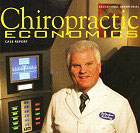
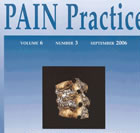
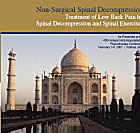
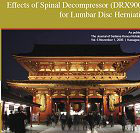
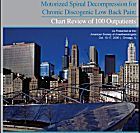
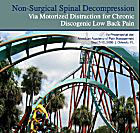
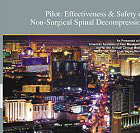
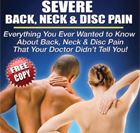


-
Take the First Step Today
Take advantage of the most advanced form of care available. Our team at Advanced Rehab & Medical has stayed at the forefront of biological science and innovative medicine for over 20 years. Let us help you.
Book Appointment
Non – Surgical Spinal Decompression FAQ
We are constantly striving to help educate our patients about all of our services and what we have to offer. Please also refer to our 3D Education Center to watch animations with voice-over to explain common causes of neck and back pain and the procedures used to treat these ailments

Are there any side effects to the treatment?
Most patients do not experience any side effects. Though, there have been some mild cases of muscle spasm for a short period of time.
Can Spinal Decompression be used for patients that have had spinal surgery?
In most cases Spinal Decompression treatment is not contra-indicated for patients that have had spinal surgery. In fact many patients have found success with Spinal Decompression after a failed back surgery.
How does Spinal Decompression separate each vertebra and allow for decompression at a specific level?
Decompression is achieved by using a specific combination of spinal positioning and varying the degree and intensity of force. The key to producing this decompression is the gentle pull that is created by a logarithmic curve. When distractive forces are generated on a logarithmic curve the typical proprioceptor response is avoided. Avoiding this response allows decompression to occur at the targeted area.
How does Spinal Decompression treatment differ from ordinary spinal traction?
Traction is helpful at treating some of the conditions resulting from herniated or degeneration. Traction cannot address the source of the problem. Spinal Decompression creates a negative pressure or a vacuum inside the disc. This effect causes the disc to pull in the herniation and the increase in negative pressure also causes the flow of blood and nutrients back into the disc allowing the body's natural fibroblastic response to heal the injury and re-hydrate the disc. Traction and inversion tables, at best, can lower the intradiscal pressure from a +90 to a +30 mmHg. Spinal Decompression is clinically proven to reduce the intradiscal pressure to between a -150 to -200 mmHg. Traction triggers the body's normal response to stretching by creating painful muscle spasms that worsen the pain in affected area.
How long does it take to complete Spinal Decompression treatment?
Patients remain on the system for 30-45 minutes, daily for the first 2 weeks, three times a week for the following 2 weeks, and followed up by two times a week for the last 2 weeks.
If I undergo Spinal Decompression treatment, how long does it take to see results?
Most patients report a reduction in pain after the first few sessions. Typically, significant improvement is obtained by the second week of treatment.
Is there any risk to the patient during treatment on Spinal Decompression?
NO. Spinal Decompression is totally safe and comfortable for all subjects. The system has emergency stop switches for both the patient and the operator. These switches (a requirement of the FDA) terminate the treatment immediately thereby avoiding any injuries.
What causes low back pain?
Low back pain can be caused by a number of factors from injuries to the effects of aging. The spinal cord is protected by the vertebrae, which are made of bone. Between each vertebra are soft discs with a ligamentous outer layer. These discs function as shock absorbers to protect the vertebra and the spinal cord. Many of the problems that cause back pain are the result of herniation and degeneration of the intervertebral disc. Degeneration is a process where wear and tear causes deterioration of the disc. Herniations, or bulging of the disc are protrusions from the disc that press on surrounding nerves, causing pain or numbness.
Who is a candidate for Spinal Decompression?
Anyone who has been told they need surgery but wishes to avoid it, anyone who has been told there is nothing more available to help, anyone who failed to significantly respond to conservative options (medications, physical therapeutics, injections, chiropractic, acupuncture), or anyone who still has pain but wishes to obtain the type of care they want.
Who is not a candidate for Spinal Decompression therapy?
Anyone who has recent spinal fractures, surgical fusion or metallic hardware, surgically repaired aneurysms, infection of the spine, and/or moderate to severe osteoporosis.
Do I qualify for Spinal Decompression treatment?
Since I began using Spinal Decompression spinal disc decompression unit, I’have been inundated with questions from both doctors and patients as to which cases it will best help. Obviously proper patient selection is essential to favorable outcomes, so let me explain to you of the Inclusion and Exclusion criteria so you may make the right decision since not everyone qualifies for Spinal Decompression treatment.
Inclusion Criteria:
- Pain due to herniated and bulging lumbar discs that is more than four weeks old
- Recurrent pain from a failed back surgery that is more than six months old.
- Persistent pain from degenerated disc not responding to four weeks of therapy.
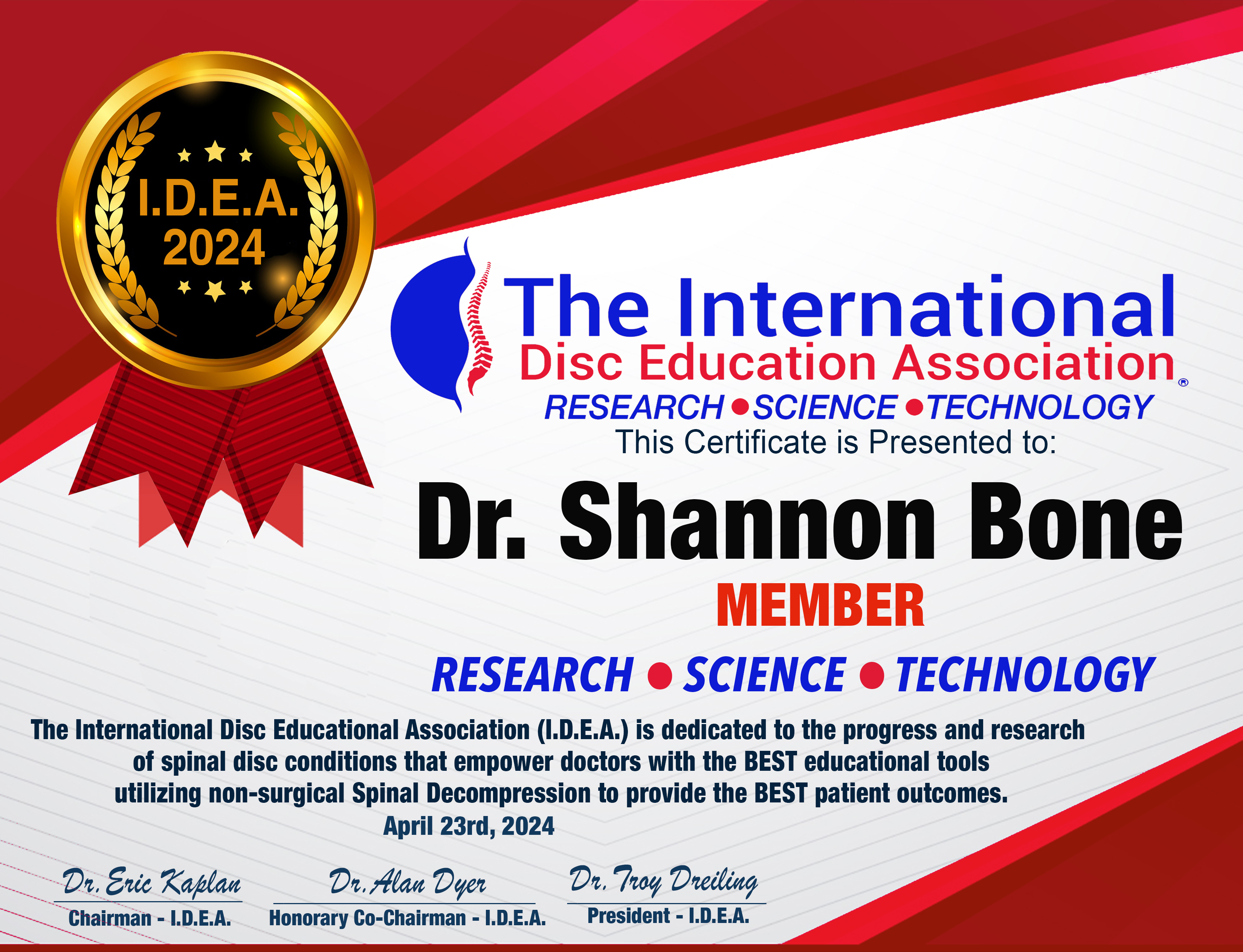
- Patients available for four weeks of treatment protocol.
- Patient at least 18 years of age.
Exclusion Criteria:
- Appliances such as pedicle screws and rods
- Pregnancy
- Prior lumbar fusion less than six months old
- Metastatic cancer
- Severe osteoporosis
- Spondylolisthesis (unstable)
- Compression fracture of lumbar spine below L-1 (recent).
- Pars defect
- Pathologic aortic aneurysm.
- Pelvic or abdominal cancer
- Disc space infections
- Severe peripheral neuropathy
- Hemiplegia, paraplegia, or cognitive dysfunction
Book an Appointment

Real Patients. Real Results.
-
“Prior to coming to Advanced Rehab & Medical I was skeptical about the benefits it would have for me. I have been coming for two weeks now and can tell a noticeable difference in the way may back feels and the way I move. I was taking pain pills just to”
Treva S. -
“I was able to cancel the surgery!! I am forever grateful for the commitment & care I received from the staff at Advanced. I still do maintenance visits to keep my back in check, and thankfully I am now able to lead a normal life. Thank you, Advanced Re”
Tiffany Y. -
“My treatments has helped me tremendously. The doctors and Rehab therapists has help me also, to the relieve this pain. Going here to the Chiropractor has really helped me. I have been to regular rehab many times and I have not had any success. This has too”
Anita H.

Our Partners in Wellness

Keeping You Informed
-
Weekly Health Update Week Of: Monday, October 30th, 2017“My only regrets are the moments when I doubted myself and took the safe route. Life is too short to waste time being ...Read More
-
In Good Hands Newsletter: June 2016“Fear does not prevent death. It prevents life.” ~ Naguib Mahfouz Cover Story: New Study Shows Americans Are Living ...Read More
-
The Lumbar SupportDr. Adam J. Copeskey shares some useful information about lumbar support.Read More



